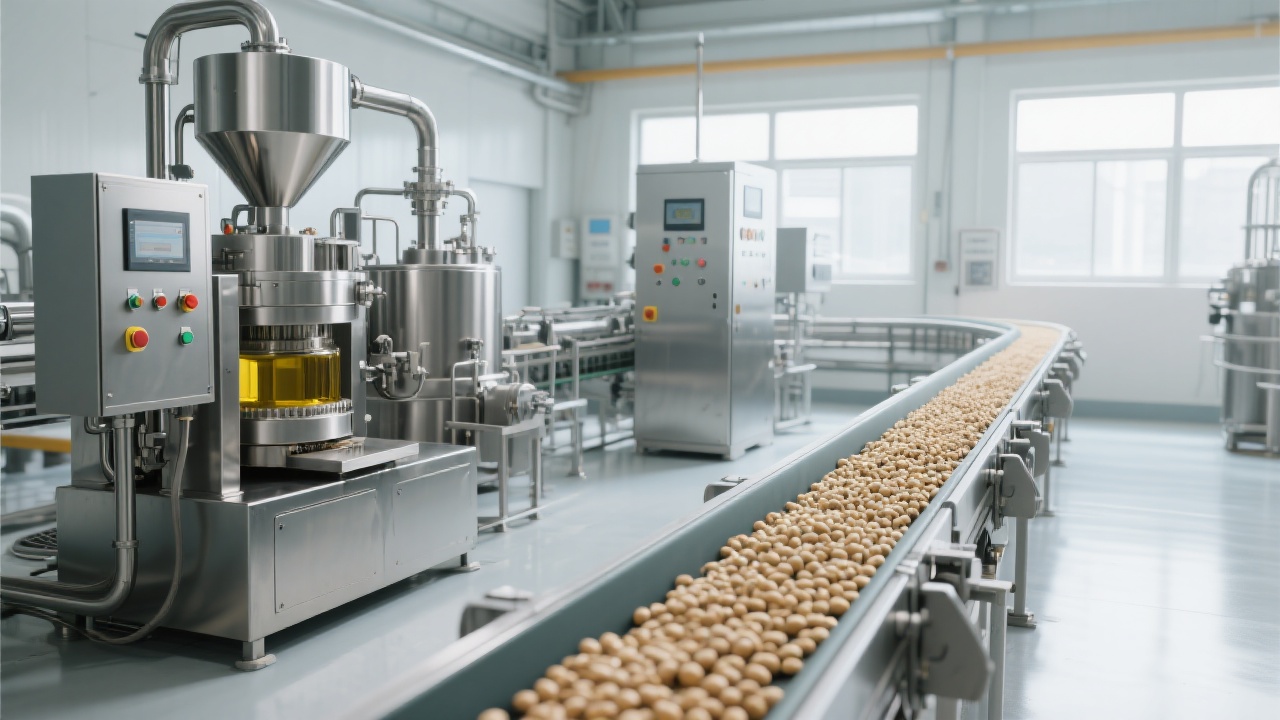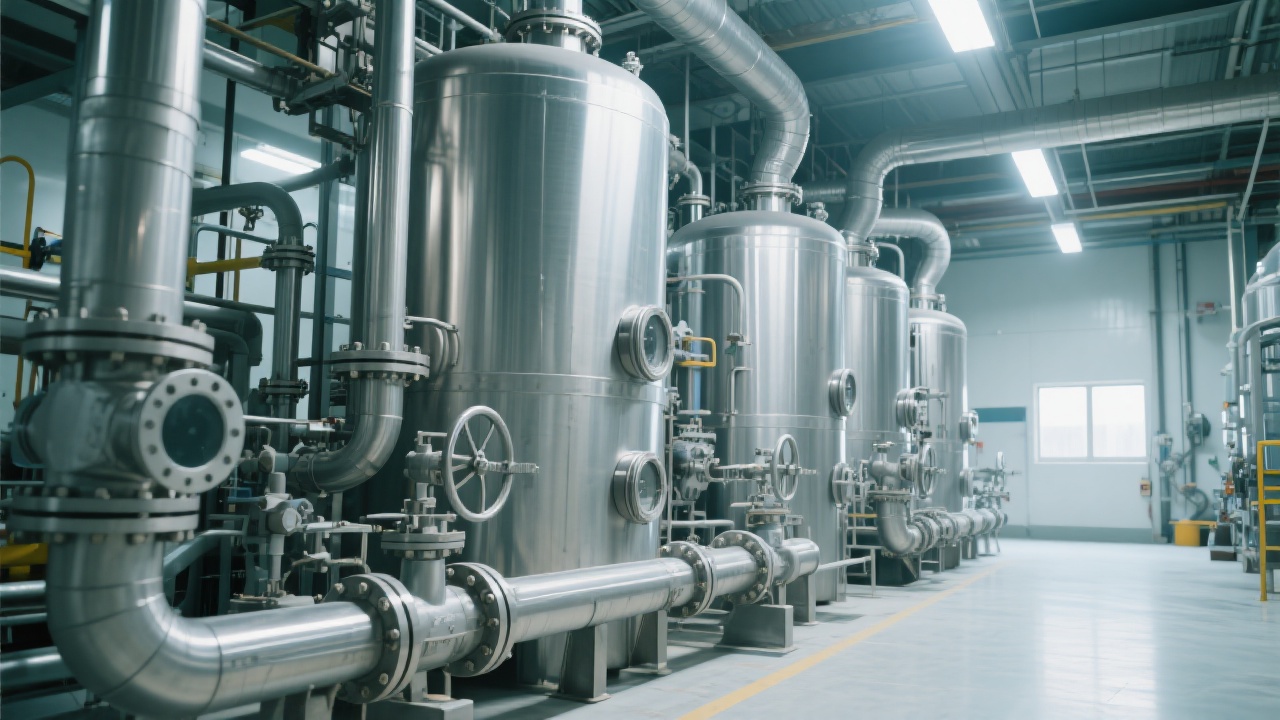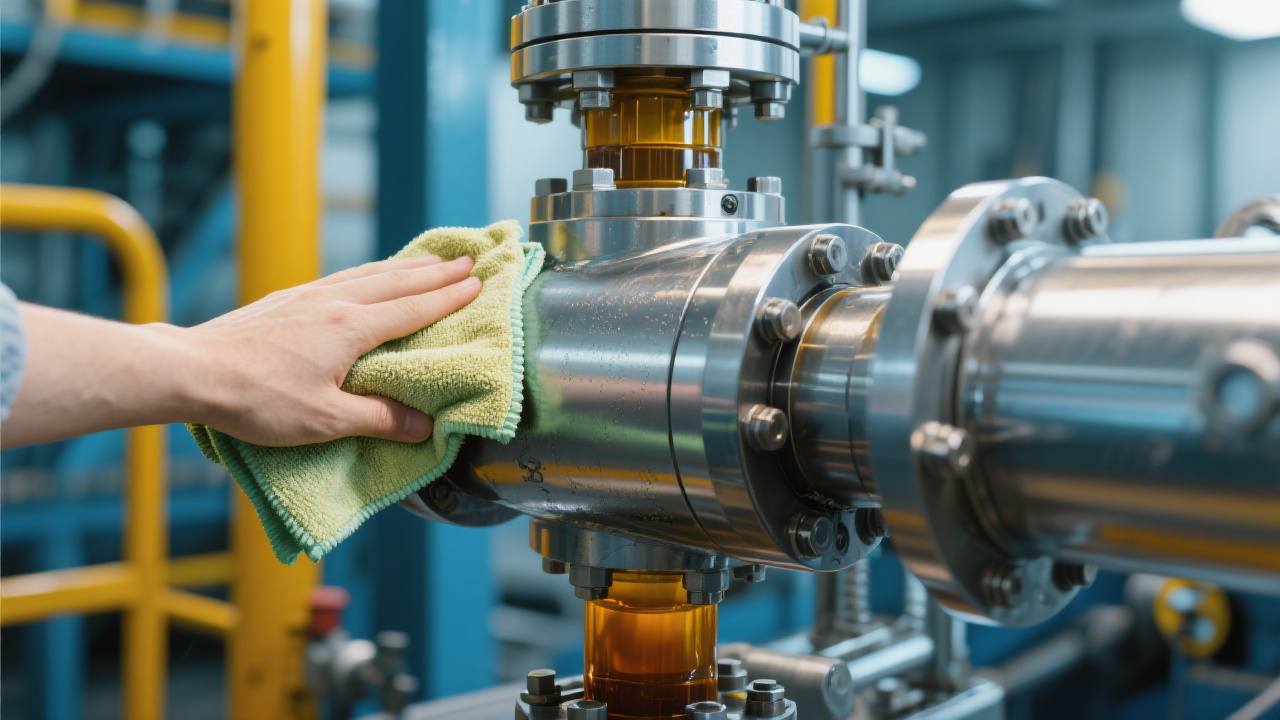
As an operator or engineer, you understand that the daily maintenance of palm oil pressing equipment is crucial for its longevity and productivity. Regular maintenance can significantly extend the service life of the equipment and ensure stable production capacity. For example, studies have shown that well - maintained palm oil pressing equipment can reduce energy consumption by up to 15% compared to poorly maintained ones.

Gears are one of the most critical components in the palm oil pressing equipment. They require regular lubrication to reduce friction and wear. The lubrication cycle for gears is typically every 500 - 800 operating hours. Using high - quality gear oil can effectively improve the efficiency and service life of gears. For example, synthetic gear oils can withstand higher loads and temperatures, reducing the risk of gear failure.
Bearings support the rotating parts of the equipment. They need to be lubricated every 300 - 600 operating hours. Over - lubrication or under - lubrication can both lead to bearing damage. The proper amount of lubricant can ensure smooth rotation and reduce noise. It is also important to check the bearing temperature regularly, as abnormal temperature rises may indicate bearing problems.
Pump sets are responsible for transporting palm oil and other fluids. The lubrication cycle for pump sets is about every 400 - 700 operating hours. In addition to lubrication, the seals of the pump sets need to be checked regularly to prevent leakage. Any signs of leakage should be addressed immediately to avoid production disruptions.
| Component | Lubrication Cycle (Operating Hours) | Key Maintenance Points |
|---|---|---|
| Gears | 500 - 800 | Use high - quality gear oil, check for wear |
| Bearings | 300 - 600 | Proper lubrication amount, check temperature |
| Pump Sets | 400 - 700 | Lubrication, check seals for leakage |
Preventive maintenance is a proactive approach to equipment maintenance. It involves regular inspections, lubrication, and replacement of worn - out parts before they cause major failures. The first step in preventive maintenance is to establish a detailed maintenance plan. This plan should include the maintenance schedule for each component, inspection checklists, and replacement parts inventory.
Regular inspections are the key to preventive maintenance. You should check the equipment for any signs of wear, damage, or abnormal operation. For example, checking for loose bolts, abnormal vibrations, and unusual noises can help you detect potential problems early.

Abnormal noises and pressure fluctuations are common fault signals in palm oil pressing equipment. For example, a high - pitched noise may indicate a problem with the bearings or gears, while a sudden pressure drop may be caused by a pump failure or a blockage in the pipeline.
To quickly judge the cause of the fault, you can use a fault judgment flowchart. First, observe the fault phenomenon, then check the relevant components step by step according to the flowchart. For example, if there is an abnormal noise, you can first check the lubrication status of the gears and bearings, and then check for any signs of damage.
In addition to the core components, auxiliary maintenance points such as water quality management, seal replacement, and electrical safety are also important. Poor water quality can cause corrosion and scaling in the equipment, reducing its efficiency. Seals need to be replaced regularly to prevent leakage. Electrical safety checks should be carried out to ensure the safe operation of the equipment.

Let's take a real - world example. A palm oil processing plant implemented a comprehensive preventive maintenance program. By following the maintenance schedule and lubrication requirements, they reduced the equipment downtime by 30% and increased the production efficiency by 20%. They also shared some tips, such as keeping detailed maintenance records and training the operators regularly.
If you want to ensure the long - term stable operation of your palm oil pressing equipment and reduce production losses, our professional equipment maintenance service and technical support can help you. Click here to consult our equipment maintenance service and technical support.

